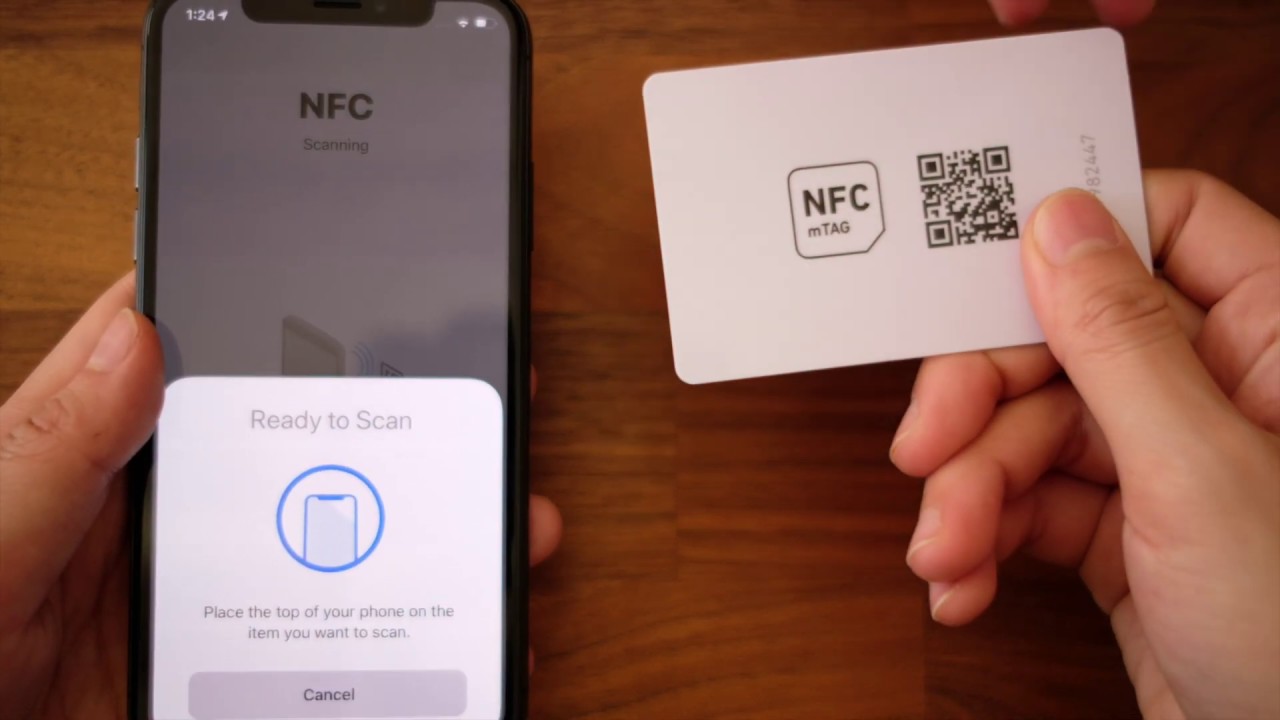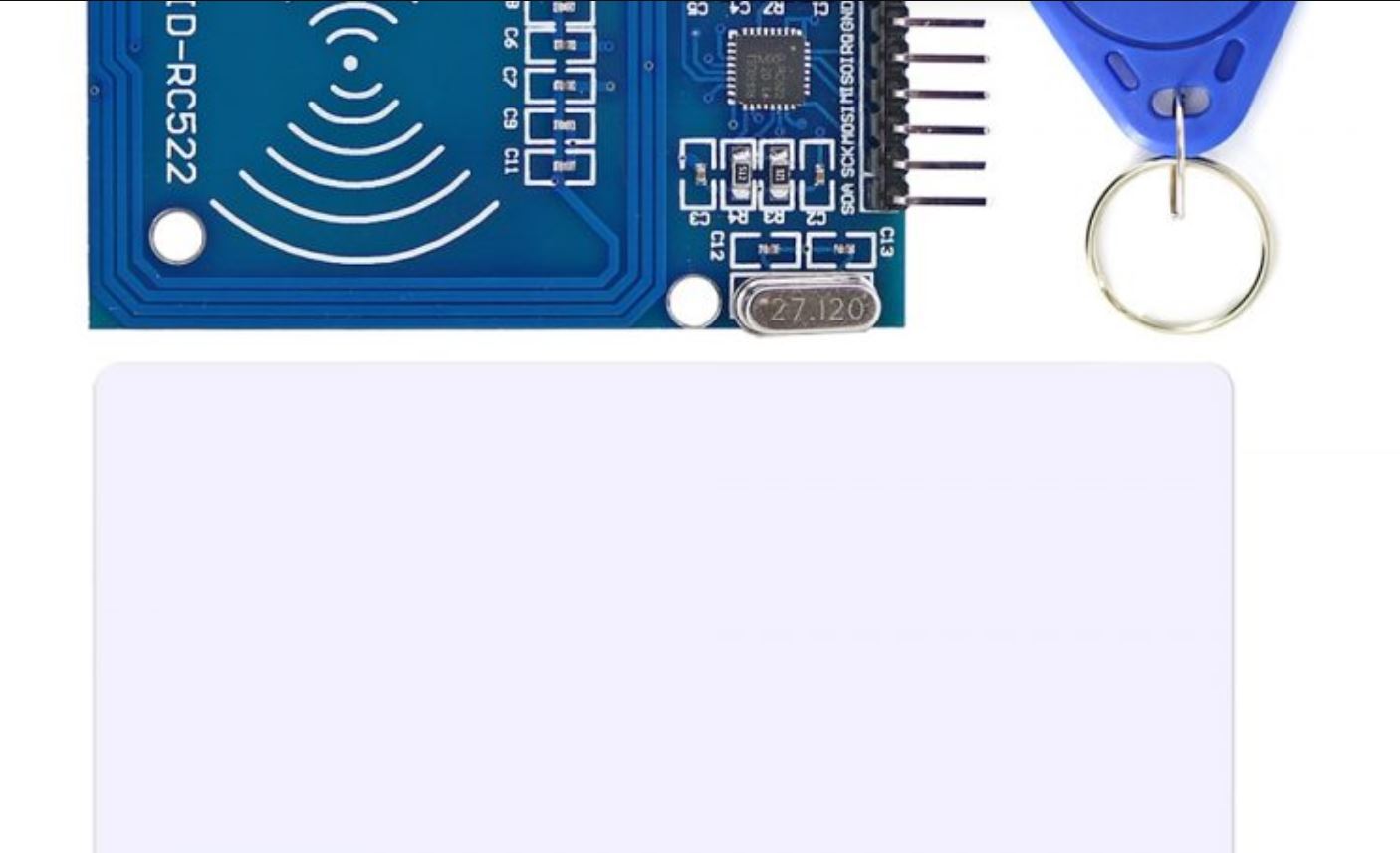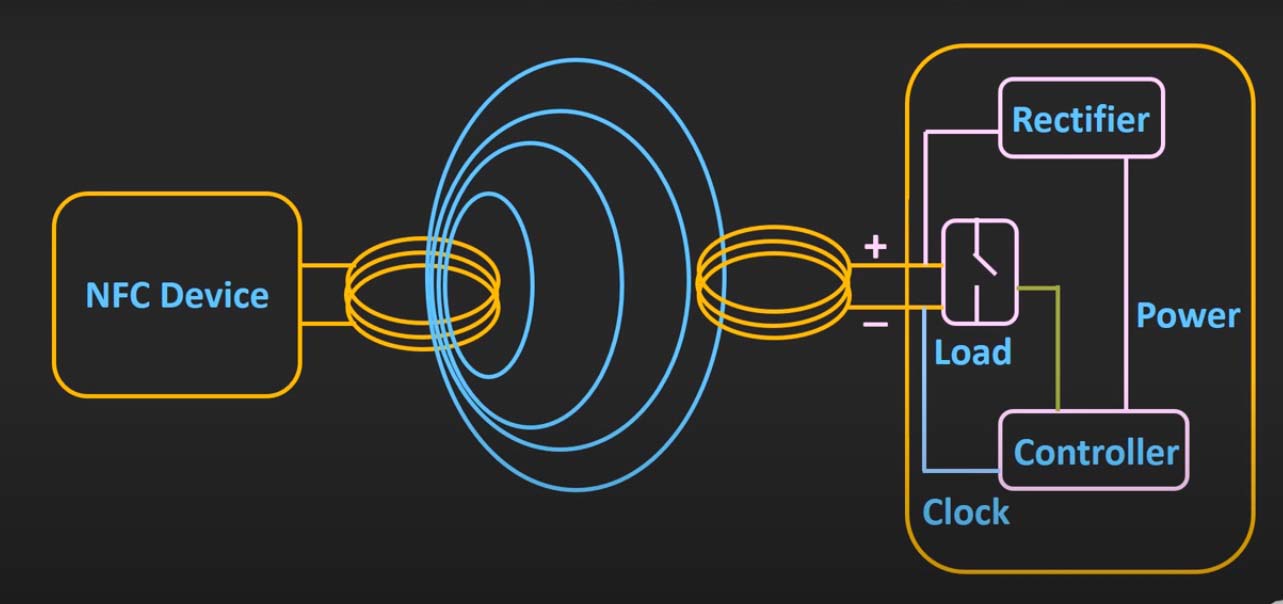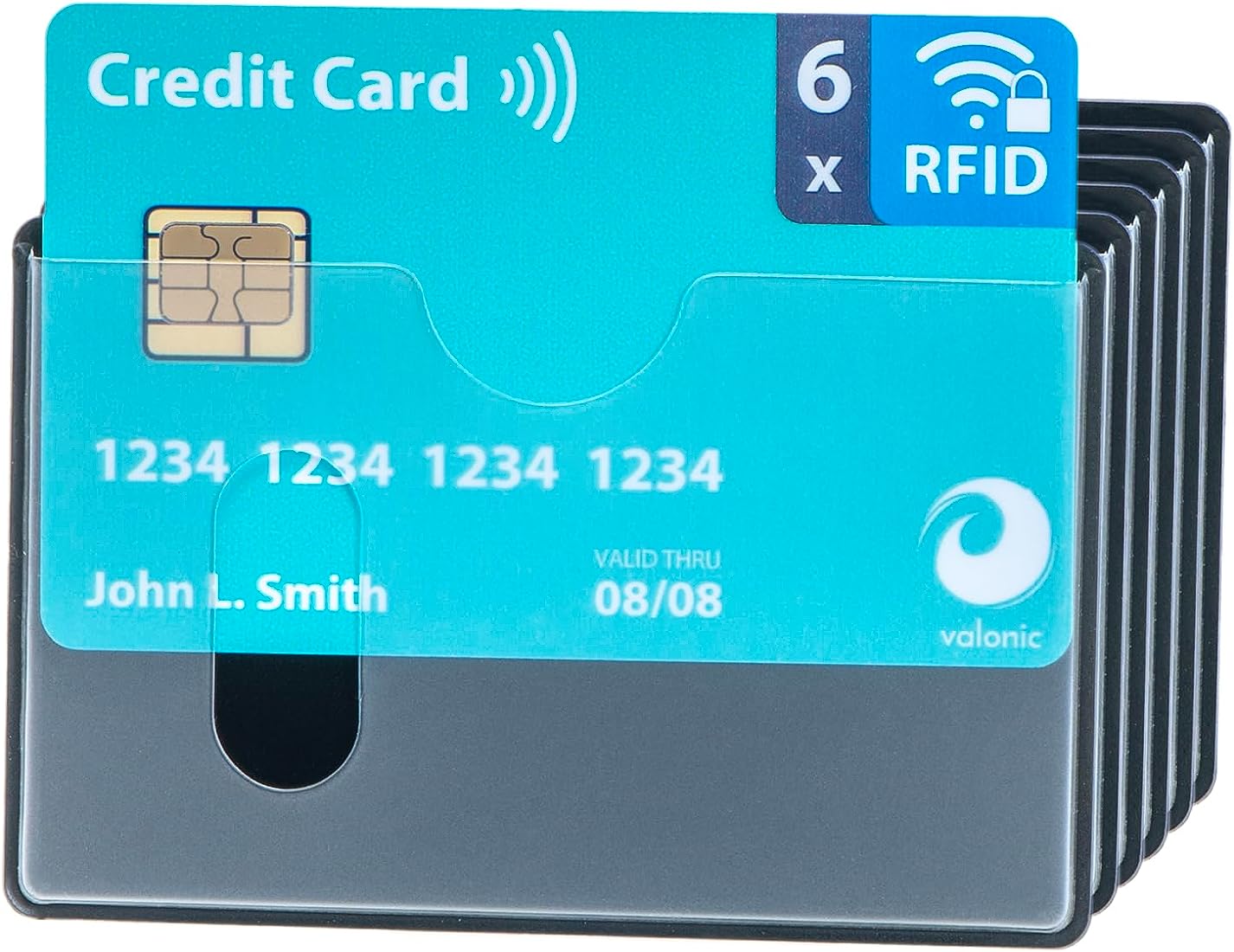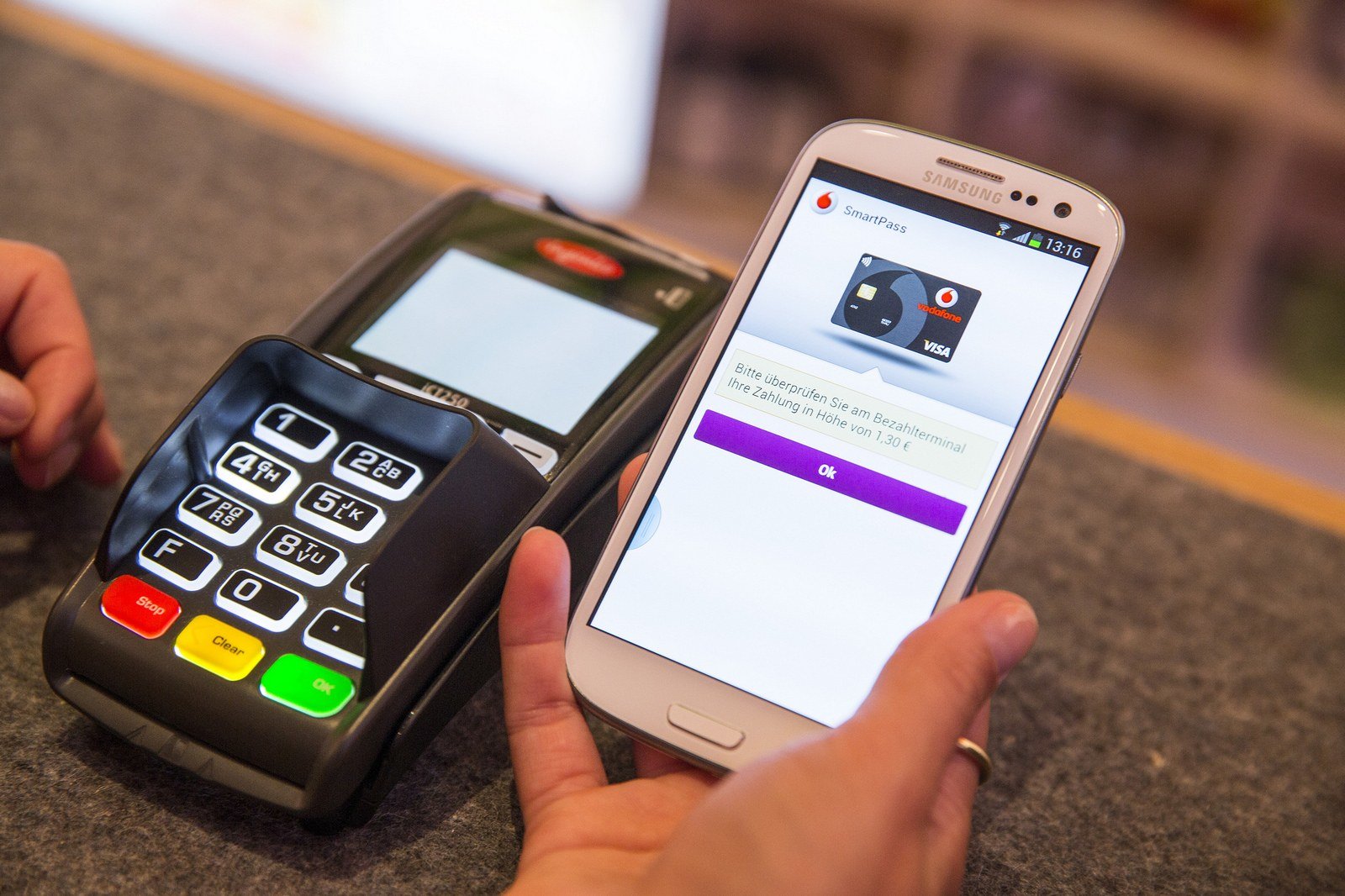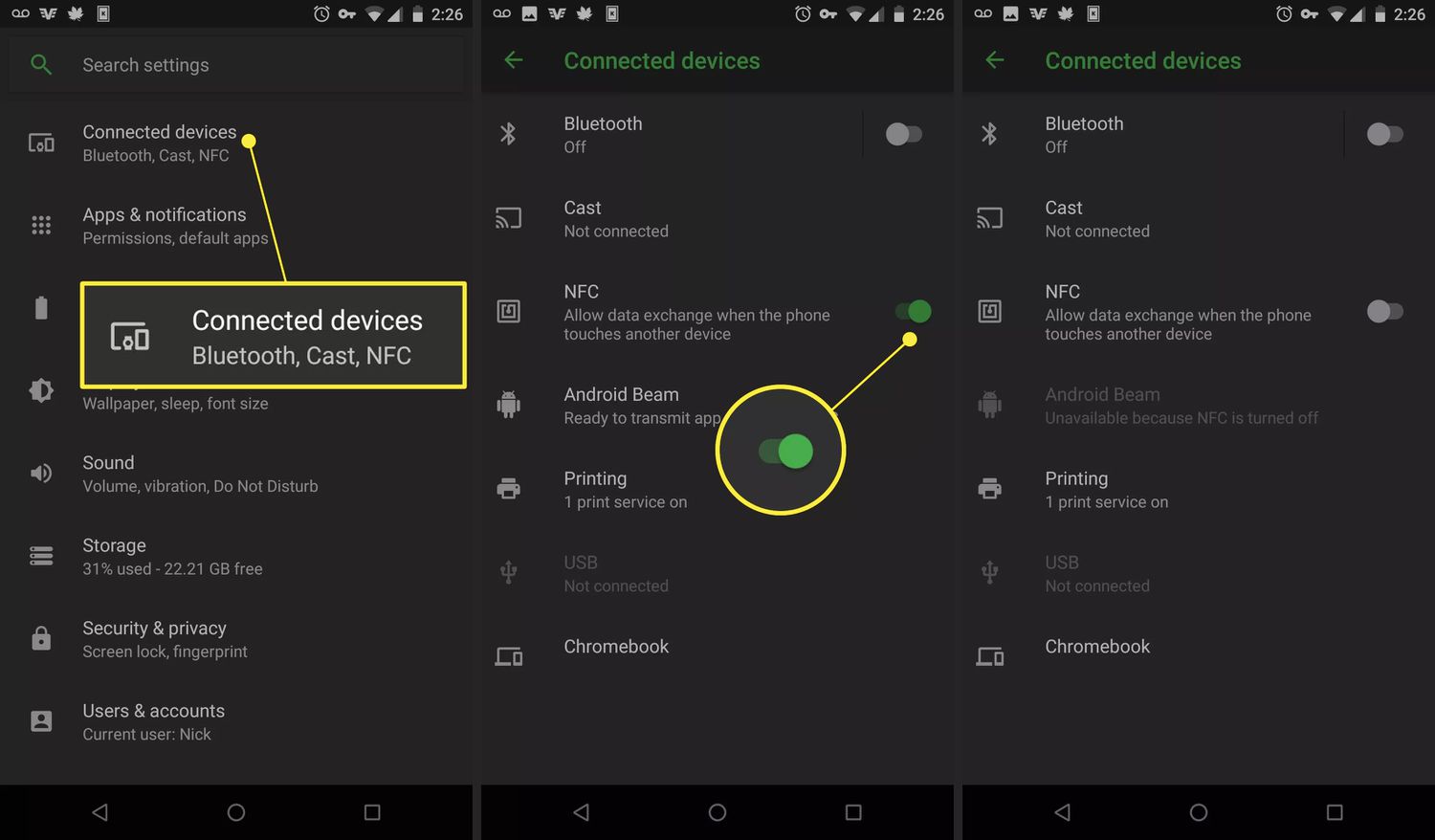Introduction
Welcome to the world of NFC tag readers! In this digital age, NFC (Near Field Communication) has emerged as a powerful technology that allows seamless communication between electronic devices. NFC tag readers play a crucial role in this ecosystem by enabling the reading of NFC tags, which are small chips embedded in objects that transmit information when brought into close proximity with an NFC-enabled device.
NFC technology has gained significant popularity due to its convenience and versatility. It has become a staple feature in many smartphones, allowing users to perform a variety of tasks with just a tap. From contactless payments to smart home automation, NFC tag readers have revolutionized the way we interact with the physical world.
In this article, we will explore the fascinating world of NFC tag readers, shedding light on how they work and the numerous applications they facilitate. We will also delve into the benefits and limitations of using NFC tag readers, providing you with a comprehensive understanding of this cutting-edge technology.
So, get ready to dive deep into the intricacies of NFC tag readers as we uncover the mysteries behind this ingenious technology. Whether you”re a tech enthusiast or simply curious about the latest advancements in the digital realm, this article will be your ultimate guide to understanding the functionality and significance of NFC tag readers.
What is NFC?
NFC, or Near Field Communication, is a short-range wireless communication technology that allows devices to exchange data by bringing them within close proximity of each other. It operates on the principle of electromagnetic induction, enabling communication between two devices when they are within a few centimeters of each other.
NFC is based on RFID (Radio Frequency Identification) technology, but with a shorter range and higher data transfer rate. It uses high-frequency radio waves to transfer data between devices, typically at a frequency of 13.56 MHz.
One of the key features of NFC is its simplicity and ease of use. Unlike other wireless communication technologies like Bluetooth or Wi-Fi, NFC does not require pairing or complex setup. It allows for quick and seamless communication between devices with just a tap or close proximity.
NFC technology can be found in a wide range of devices, including smartphones, tablets, smartwatches, and even some credit cards. By incorporating an NFC chip into these devices, they become capable of performing a variety of tasks, such as contactless payments, data transfer, access control, and more.
Furthermore, NFC technology supports two modes of operation: reader/writer mode and peer-to-peer mode. In reader/writer mode, an NFC-enabled device, known as the reader, can read the information stored on an NFC tag. On the other hand, in peer-to-peer mode, two NFC-enabled devices can exchange data with each other.
The versatility of NFC technology has led to its widespread adoption in various industries and applications. From mobile payments and ticketing systems to smart home automation and healthcare, NFC has become an integral part of our daily lives.
In the next section, we will delve deeper into how NFC tag readers work, allowing us to better understand their functionality and potential applications.
How does an NFC tag reader work?
NFC tag readers play a crucial role in the world of NFC technology by allowing devices to communicate with NFC tags. These readers are usually integrated into devices such as smartphones, tablets, or dedicated NFC readers. Let’s take a closer look at how an NFC tag reader works.
When an NFC tag reader comes into close proximity with an NFC tag, the reader’s antenna generates a magnetic field. This magnetic field induces a current in the NFC tag, powering the tag’s circuitry. The tag then uses this energy to send a response back to the reader.
On receiving the response from the NFC tag, the reader’s antenna detects changes in the magnetic field and converts them into readable data. This data can include information such as unique identifiers, web addresses, contact details, or any other data stored on the NFC tag.
The NFC tag reader communicates with the NFC tag using different protocols, depending on the application and the type of NFC tag being used. The most common communication protocols used in NFC are the “NDEF” (NFC Data Exchange Format) and “ISO/IEC 14443” standards.
The NDEF protocol is a standardized format for data exchange between NFC devices and NFC tags. It defines the structure and encoding of the data stored on the NFC tag, allowing for compatibility and interoperability between different NFC devices.
The ISO/IEC 14443 standard defines the physical characteristics and communication protocols for contactless smart cards and devices. It specifies the modulation schemes, bit rates, and anti-collision mechanisms used in NFC communication.
Once the NFC tag reader has successfully read the data from the NFC tag, it can perform various actions based on the information retrieved. This could include initiating a payment transaction, opening a website, launching an application, or triggering a specific action in a connected device.
It’s worth noting that NFC tag readers can also operate in peer-to-peer mode, allowing two NFC-enabled devices to communicate with each other. In this mode, both devices can act as both the reader and the tag, enabling data exchange between them.
Overall, NFC tag readers facilitate quick and seamless communication between devices and NFC tags. Their ability to read and interpret data from NFC tags opens up a wide range of possibilities in various industries and applications.
Reading NFC tags with a smartphone
One of the most common and convenient ways to interact with NFC tags is by using a smartphone with an integrated NFC tag reader. With the widespread adoption of NFC technology in smartphones, users have the power to read NFC tags with a simple tap of their device. Let’s explore how reading NFC tags with a smartphone works.
Firstly, to read NFC tags, it is essential to have an NFC-enabled smartphone. Most modern smartphones, including both Android and iOS devices, come equipped with NFC capabilities built into their hardware. This allows users to tap their smartphones against NFC tags to initiate communication.
To read an NFC tag with a smartphone, the user typically needs to enable NFC functionality in the device’s settings. Once NFC is enabled, the smartphone’s NFC antenna becomes active, ready to detect nearby NFC tags. The user can then bring the smartphone close to an NFC tag for the reading process to begin.
When the smartphone’s NFC antenna detects an NFC tag, it generates a magnetic field and powers the tag’s circuitry. The tag responds by sending the stored data back to the smartphone. The smartphone’s NFC reader then decodes and interprets the received data, making it available for further action or display on the device.
Depending on the content and nature of the NFC tag, the smartphone can perform various actions after reading the tag’s data. For example, if the NFC tag contains a web address or URL, the smartphone can automatically launch the web browser and open the corresponding webpage. Similarly, if the NFC tag holds contact information, the smartphone can prompt the user to add the contact to their address book.
One of the most significant advantages of reading NFC tags with a smartphone is the versatility and flexibility it offers. Users can easily interact with NFC tags in their everyday lives for a wide range of applications. From making mobile payments and accessing public transportation to exchanging data between devices and interacting with smart devices in the home, the possibilities are endless.
Moreover, the convenience of using a smartphone as an NFC tag reader eliminates the need for dedicated NFC readers or additional hardware. Smartphones have become an all-in-one device that combines communication, information, and NFC capabilities, making them the go-to choice for interacting with NFC tags.
As technology continues to evolve, smartphones are becoming more powerful and feature-rich when it comes to NFC tag reading. With advancements like enhanced security measures, improved reading speeds, and expanded NFC functionality, reading NFC tags with a smartphone is becoming even more seamless and exciting.
In the next section, we will explore the diverse applications of NFC tag readers and their impact on various industries.
Applications of NFC tag readers
NFC tag readers have found widespread applications across various industries, thanks to the versatility and convenience they offer. Let’s explore some of the key applications of NFC tag readers and their impact on different sectors.
1. Contactless Payments: One of the most popular applications of NFC tag readers is in the realm of contactless payments. With the rise of mobile payment systems like Apple Pay, Google Pay, and Samsung Pay, NFC-enabled smartphones can act as digital wallets. Users can simply tap their phones on NFC-enabled payment terminals to make secure and convenient transactions without the need for physical cards or cash.
2. Access Control: NFC tag readers are widely used for access control systems in buildings, hotels, offices, and events. By integrating NFC tags into access cards or badges, users can gain entry to secure areas with a simple tap. This eliminates the need for traditional key cards or manual authentication methods, streamlining access management and enhancing security.
3. Asset Tracking and Inventory Management: NFC technology, combined with RFID tags, is widely used in asset tracking and inventory management systems. With NFC tag readers, businesses can quickly and accurately track and locate assets or inventory items by scanning the NFC tags. This enables real-time visibility, reduces human errors, and improves efficiency in supply chain operations.
4. Smart Home Automation: NFC tag readers play a vital role in smart home automation systems. By placing NFC tags around the house, users can program their smartphones or smart devices to perform specific actions when they come into close proximity with the tags. For example, tapping a smartphone on an NFC tag near the front door can automatically turn on the lights and adjust the thermostat.
5. Event Management and Ticketing: NFC tag readers simplify event management and ticketing processes. By integrating NFC tags into event tickets, attendees can easily scan their tickets with NFC-enabled smartphones or dedicated readers for entry. This speeds up the admission process, reduces paper waste, and enhances the overall event experience.
6. Healthcare: NFC tag readers have significant implications in the healthcare industry. By utilizing NFC tags on patient wristbands or medication packaging, healthcare providers can easily access patient information, streamline medication administration, and improve medication adherence.
7. Marketing and Advertising: NFC tag readers have opened up new avenues for interactive marketing and advertising campaigns. By placing NFC tags on promotional material or product packaging, businesses can engage customers with interactive content, exclusive offers, and personalized experiences. Users can simply tap their smartphones on the NFC tags to access the information or participate in campaigns.
These are just a few examples of the wide-ranging applications of NFC tag readers. The versatility of NFC technology, coupled with its ease of use, is making it increasingly prevalent in our daily lives and across various industries.
In the following section, we will dive into the benefits of using NFC tag readers and how they enhance user experiences and business operations.
Benefits of using NFC tag readers
NFC tag readers offer a wide range of benefits that enhance user experiences and streamline business operations across various industries. Let’s explore some of the key advantages of using NFC tag readers.
1. Ease of Use: NFC tag readers provide a seamless and intuitive user experience. With just a simple tap or close proximity, users can interact with NFC tags without the need for complex setup or pairing processes. This simplicity makes it accessible to a broad range of users, regardless of their technical expertise.
2. Convenience and Speed: NFC tag readers enable quick and convenient interactions. Users can perform tasks such as making payments, accessing information, or unlocking doors with a single tap of their NFC-enabled devices. This eliminates the need for physical cards, cash, or manual authentication methods, saving time and effort.
3. Versatility: NFC tag readers offer versatility in their applications. Whether in contactless payments, access control, inventory management, or smart home automation, NFC technology can be adapted to meet various needs. This flexibility makes NFC tag readers suitable for a wide range of industries and use cases.
4. Enhanced Security: NFC tag readers provide enhanced security measures. The short-range nature of NFC communication ensures that data transmission is limited to close proximity, reducing the risk of interception. Additionally, NFC technology supports encryption and authentication protocols, making it secure for sensitive operations such as contactless payments.
5. Improved Efficiency: NFC tag readers streamline processes and improve efficiency in various business operations. For example, in inventory management, NFC readers enable rapid and accurate data capture, reducing human errors and manual data entry. In access control systems, NFC readers eliminate the need for physical keys or scanning barcodes, simplifying entry and improving productivity.
6. Cost-Effective: NFC tag readers offer a cost-effective solution compared to traditional methods. By utilizing NFC-enabled smartphones or existing devices with integrated NFC capabilities, businesses can avoid the need for additional dedicated hardware or infrastructure. This reduces upfront costs and simplifies implementation.
7. Enhanced User Engagement: NFC tag readers provide opportunities for interactive marketing and personalized user experiences. By incorporating NFC tags into promotional materials or product packaging, businesses can engage customers with exclusive offers, interactive content, and customized experiences. This increases user engagement and brand loyalty.
Overall, the benefits of using NFC tag readers contribute to a seamless, secure, and efficient user experience. The versatility and convenience offered by NFC technology continue to unlock innovative solutions and opportunities across a wide range of industries.
In the next section, we will discuss the limitations and challenges associated with NFC tag readers to provide a balanced understanding of this technology.
Limitations of NFC tag readers
While NFC tag readers offer numerous benefits, it’s important to acknowledge their limitations and challenges. Let’s explore some of the key limitations associated with NFC tag readers.
1. Short Range: One of the main limitations of NFC technology is its short communication range. NFC readers typically have a range of a few centimeters, requiring close proximity for effective communication. This limits the practicality of NFC in certain scenarios where longer-range communication is necessary.
2. Dependency on NFC-enabled Devices: NFC tag readers rely on NFC-enabled devices, such as smartphones or dedicated readers, to interact with NFC tags. While NFC technology has become increasingly prevalent in modern smartphones, not all devices may have NFC capabilities. This limits the universal accessibility of NFC tag readers.
3. Compatibility: NFC operates on various protocols, such as NDEF and ISO/IEC 14443. While these protocols provide compatibility and interoperability, there are still instances where NFC tags or readers from different manufacturers may not be fully compatible. This can create limitations when using NFC tag readers with certain NFC tags or in specific applications.
4. Power Dependency: NFC tag readers rely on the power supply of the host device, such as a smartphone or dedicated reader. This power dependency can limit the continuous operation of NFC tag readers, particularly in scenarios where prolonged use or frequent reading is required. It’s important to ensure that the host device has sufficient battery life to support NFC tag reading.
5. Security Concerns: While NFC technology offers enhanced security measures, it is not entirely immune to security risks. There have been reported instances of NFC vulnerabilities, such as unauthorized data interception or cloning of NFC tags. As with any technology, it’s important to implement proper security measures to mitigate these risks.
6. Limited Storage Capacity: NFC tags have limited storage capacity compared to other forms of data storage. This limits the amount of information that can be stored on an NFC tag. While NFC technology is ideal for storing smaller sets of data, such as URLs or contact information, it may not be suitable for applications that require large data storage.
7. Cost: While NFC tag readers can provide cost-effective solutions compared to traditional methods, there may still be associated costs. This includes the cost of implementing NFC infrastructure, integrating NFC tags, and ensuring compatibility with existing systems. The cost factor should be considered when evaluating the feasibility of NFC tag readers for a particular application.
Despite these limitations, NFC tag readers continue to evolve, addressing some of these challenges and expanding their capabilities. It’s crucial to understand these limitations to make informed decisions and leverage the full potential of NFC technology.
In the next section, we will wrap up our exploration of NFC tag readers and summarize the key points discussed in this article.
Conclusion
In conclusion, NFC tag readers have significantly impacted the way we interact with the physical world. This technology, based on Near Field Communication, enables seamless communication between devices and NFC tags in close proximity. NFC tag readers, integrated into smartphones and other devices, play a critical role in reading and interpreting data from NFC tags.
We explored the concept of NFC and how NFC tag readers work. NFC technology simplifies the process of data transfer, providing users with a convenient and intuitive experience. With just a tap, users can perform a wide range of tasks, including making contactless payments, accessing information, automating their homes, and much more.
The applications of NFC tag readers are vast and varied. They have found their way into contactless payment systems, access control, inventory management, smart home automation, event ticketing, healthcare, and marketing. The versatility and convenience of NFC technology have transformed multiple industries, enhancing efficiency, security, and user engagement.
Despite the benefits, NFC tag readers have some limitations. They have a short communication range, depend on NFC-enabled devices, and may face compatibility issues. Power dependency, security concerns, limited storage capacity, and associated costs are also factors to consider when implementing NFC tag readers.
As technology continues to advance, NFC tag readers are expected to evolve and overcome these limitations. From improving range and compatibility to enhancing security measures, ongoing developments will further enhance the capabilities and adoption of NFC technology.
In conclusion, NFC tag readers have revolutionized the way we interact with digital and physical environments. Their simplicity, versatility, convenience, and impact across various industries make them a promising technology for the future. As NFC technology continues to advance, we can expect even more innovative applications and seamless user experiences.







